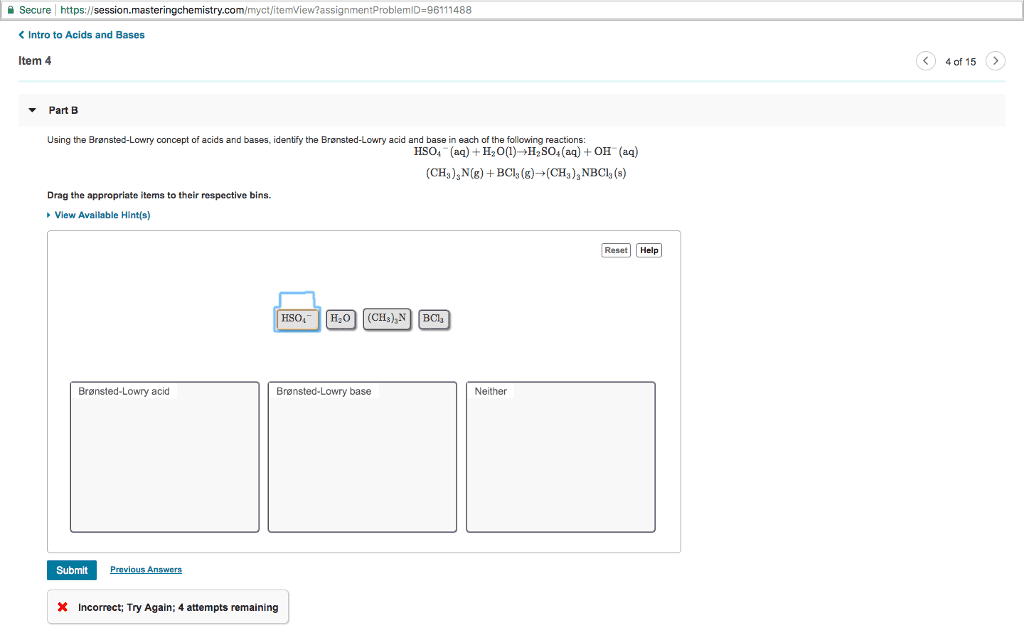FILM 1101 Chapter Notes - Chapter 2-5: Film Editing, Zoopraxiscope, Sound Recording And Reproduction
Document Summary
Read: corrigan and white, the film experience: chapters 2 and 3: 63-131. Mise-en-scene includes everything that is visible on screen. The mise-en-scene contains the scenic elements of a movie including actors, aspects of lighting, settings and sets, costumes, make-up and other features of the image that exist independently of the camera and the processes of filming and editing. This is also the case with the movies. Characters attract or repulse us through the clothing and make-up they wear. In all its variations, mise-en-scene a films places and spaces, people and objects, lights and shadows is a key dimension of our movie experience. Inventions of photography and the prehistory of cinema (1820-1880s: muybridge"s zoopraxiscope, introduced in 1879 enabled moving images to be projected for the first time. The silent film era saw major advancements in film technology, longer films and better resolution as well as major innovations in lighting, mechanisms for moving the camera and the various different scale of shots.




